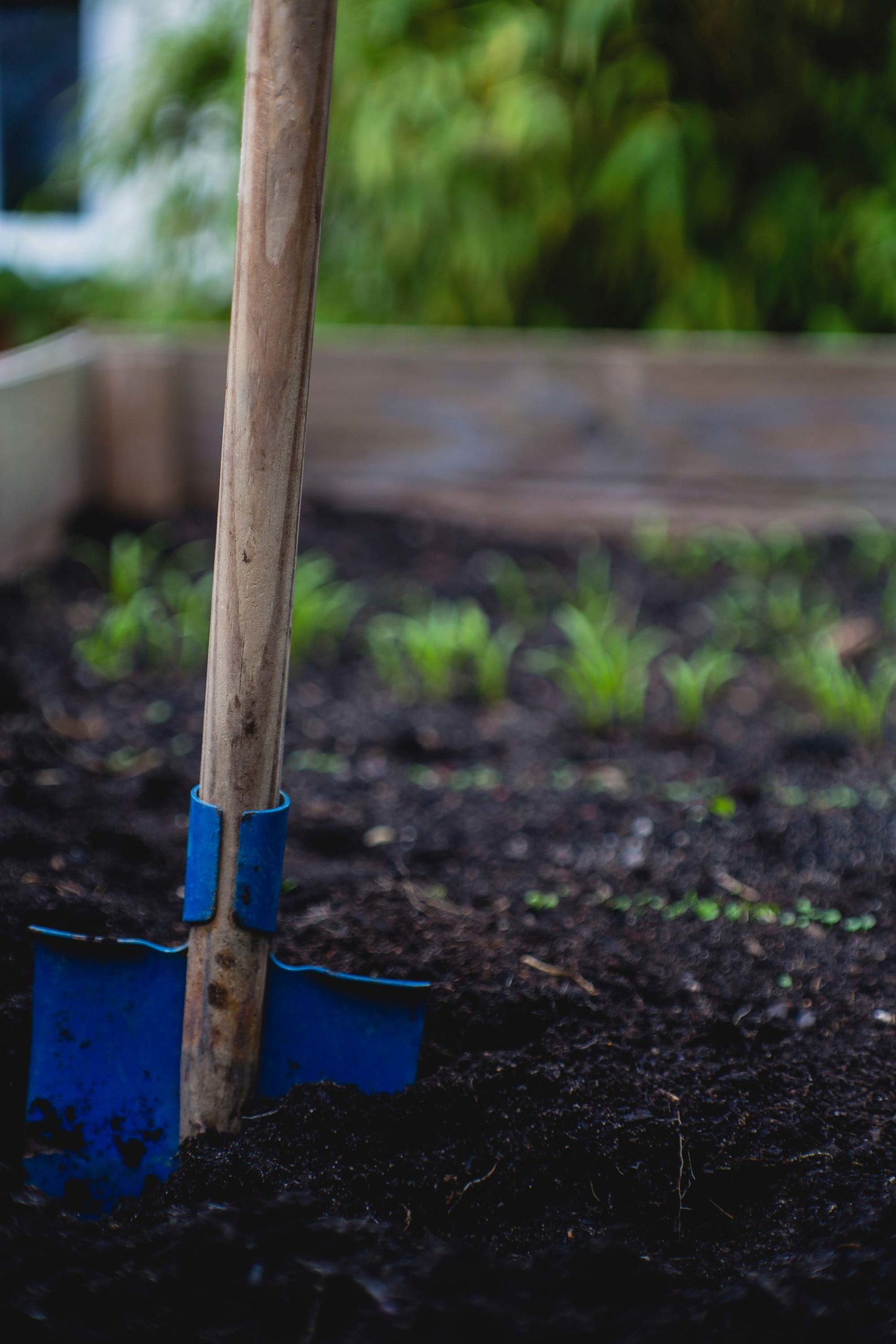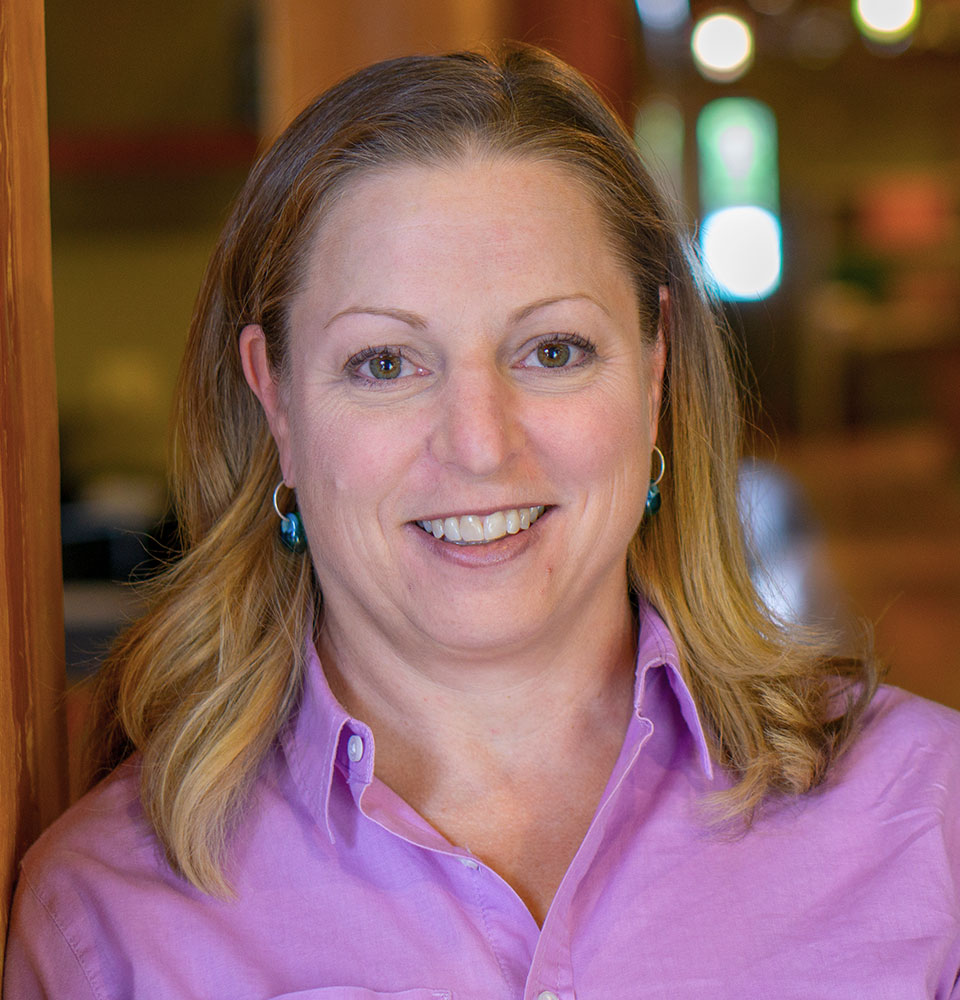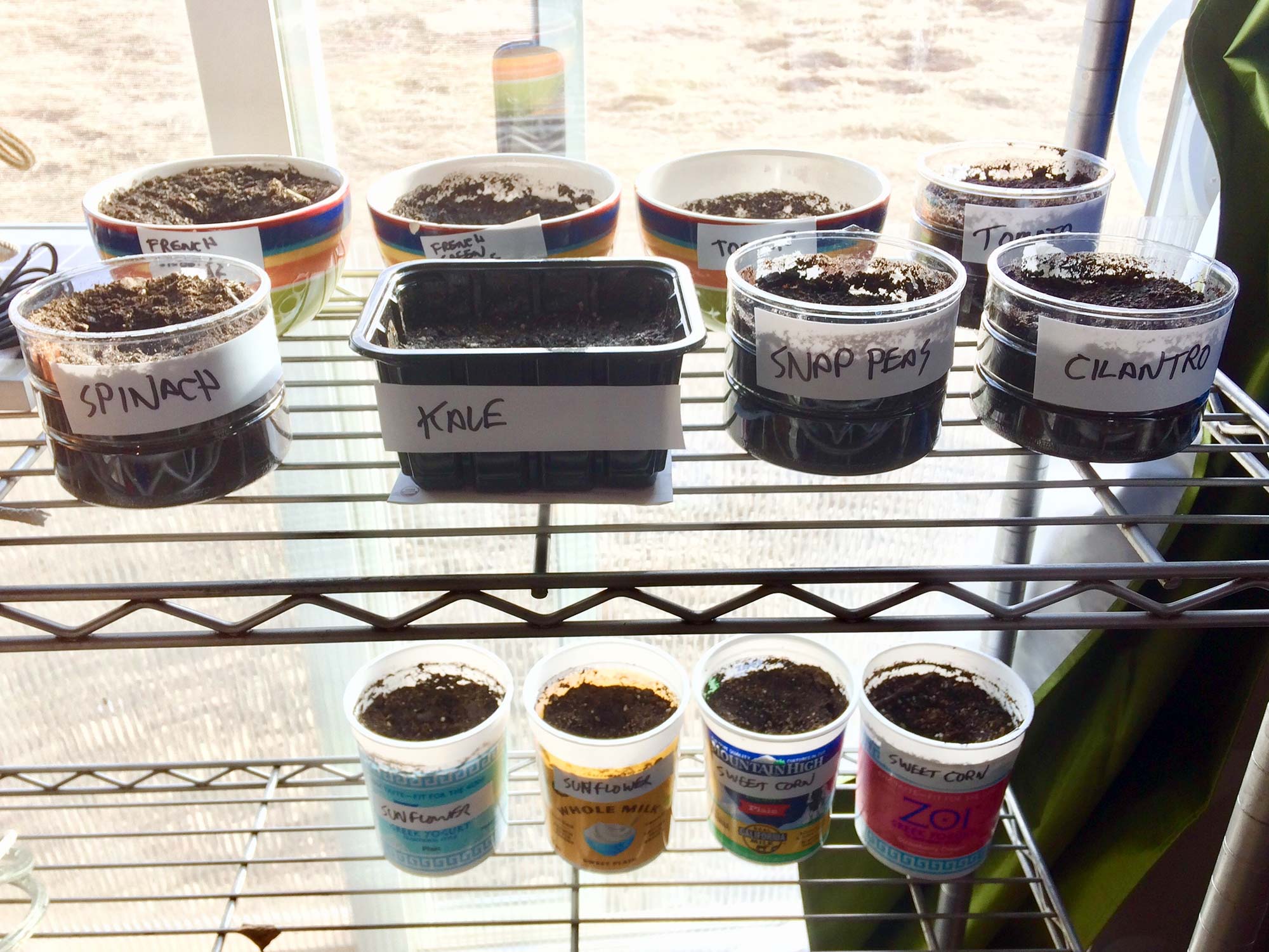#EarthDay2020: Let’s Get Moving (Literally!) and Centralize our Waste

Interior Designer Kaare Sola
Two years ago, Cushing Terrell in Seattle staged a trial run to evaluate the feasibility of moving to a centralized waste system. What exactly does this entail?
A centralized waste collection model is when waste (including recycling, landfill, and compost) is limited to one or two collection points within a space. People who use the space must take their waste to the designated collection area, where it is sorted and removed. The ultimate goal is to capture more recyclable materials and decrease what goes into a landfill.
In Seattle, this means only having recycling bins at each person’s desk and landfill/compost bins in the break room. Additionally, we took it to the next level by moving to single-stream recycling and asking the cleaning crew to skip plastic liners. We started weighing our waste on a regular basis, challenging ourselves to divert more and more waste from the landfill.
Why go to these lengths?
The benefits are hard to deny. This is what we’ve seen so far:
- In Seattle alone, removing individual garbage cans and using unlined recycling bins saves about 10,400 bin liners per year!
- Education around sorting becomes centralized, and sorting becomes more successful.
- We improve habits: The temptation to throw away recyclables out of convenience is removed.
- Increased waste diversion: Recycling becomes more accessible than the trash.
- Reduced labor costs for waste disposal.
- Cleaning becomes quicker and easier.
- Movement is required: People take breaks from their computers, which provides health benefits.
We’re not the only ones…
While this may feel like a big undertaking with a lot of coordination and behavior changes behind it, when you consider other companies who’ve successfully made the shift, you’ll be encouraged. Many large, global companies have found success with their own centralized waste efforts, which would indicate smaller firms and companies can do so as well.
Both learning from and influencing others, the Seattle team is implementing centralized waste for/with some of our major clients. We’re even looking at including centralized waste into our global design standards for clients starting this year.
To lead by example, Cushing Terrell will be pushing to implement centralized waste in each of our offices with the support of our Sustainable Policy Office Champions. Prior to COVID-19 and work-from-home requirements, Seattle had already taken the plunge and our Austin, Bozeman, and Great Falls offices were in the process of revamping their waste programs. Now with the majority of employees working remotely, we’ll be looking at ways to ensure individuals and families can keep up the good work — using less, recycling all possible materials, and being conscious of what goes into the landfills. (See related side-bar story below.)
The bottom line: We’ve a lot to gain
Taking our centralized waste pilot project to full implementation and acceptance wasn’t easy. It took persistence, and eventually, we even won over the skeptics. Ultimately, what we stand to achieve as a team far outweighs any inconvenience that might arise. As a firm that values sustainability and accepts wholeheartedly our role as environmental stewards, we’re committed to operating as responsibly as possible.
Here are a few pointers on how to set up and maintain a centralized waste system in your office:
- For larger offices, choose a couple centralized waste locations, depending upon how much trash is accumulated.
- Only have reusable items available (including dishes and utensils) to reduce overall waste production.
- At all locations, there should be landfill, recycling, and compost (where available), as well as a shred unit for paper.
- Learn more about the benefits of office composting, which is not only great for our gardens, but reduces carbon emissions.
- Purchase a scale (our Seattle office is using a $40 luggage scale found on Amazon) and weigh your garbage regularly.

Photo credit: Markus Spiske
The biggest tip is to keep taking steps forward and positively advocating. It’s easy to fall off the wagon and forget to measure/weigh or say “there’s too much going on,” but persistence does pay off — both in the environmental benefits and the money and resources saved when it comes to single-use items.

Design Professional Jennisse Schule
Note from our SPOC team
During a recent meeting of our Sustainable Policy Office Champions (SPOCs), I wondered out loud if sustainability should be one of our top priorities right now, given all that is going on in the world. But as I was reminded by this team of advocates, all things are interconnected. The more we think, the more we learn, and the healthier we are, the more we’re able to transition this to our design work, helping to create a more sustainable built environment.
I’m proud to report that our SPOC leaders are continuing their efforts at home, still thinking about how to make office operations more sustainable when we return to our workplace communities.
Here’s just a few of the things we’re up to and learning:
- Researching where we can recycle as much as possible (earth911.com).
- Planting seeds in empty egg cartons and recycled yogurt containers.
- Growing way more green onions than we really need by replanting store bought onions!
- Thinking about the best way to communicate “reduce, reuse, recycle” in a positive, affirmative way to our children at home.
- Composting and getting ready for spring gardens.
- Being grateful we know where our food comes from with renewed contracts for local egg delivery.
- Creating balance: Supporting local take-outs, while getting outside to exercise more.
- Taking the time to study for our postponed exams.
- Learning more with virtual lunch-n-learns, including from mindful Materials.
As a team, we’re optimistic and moving forward!




